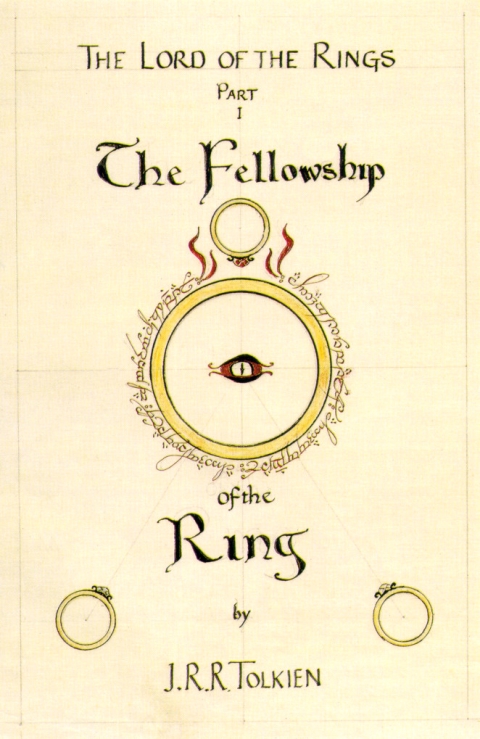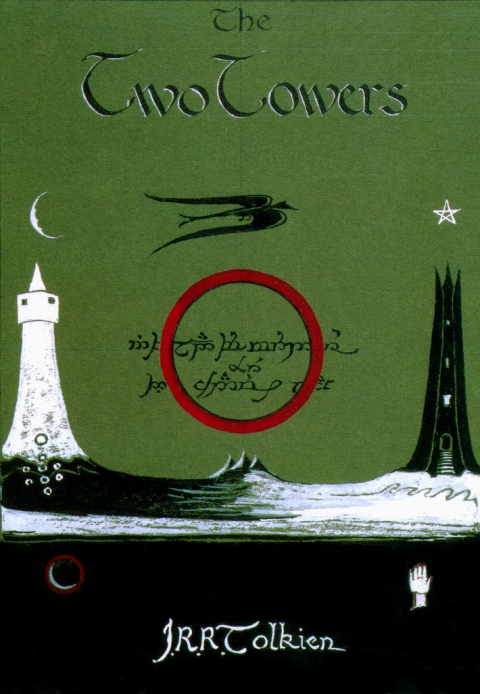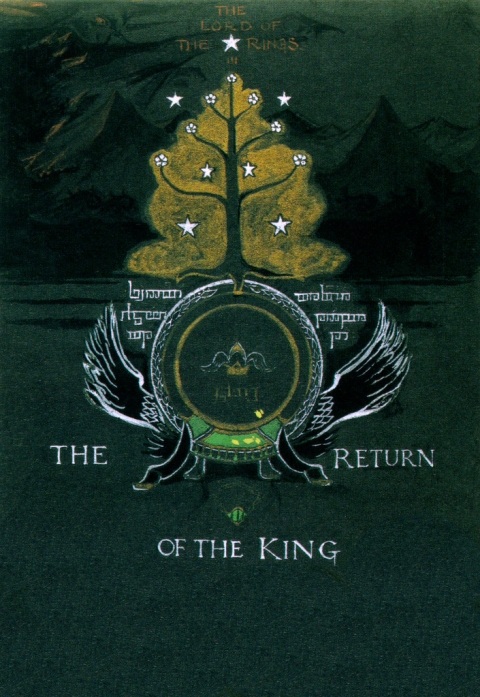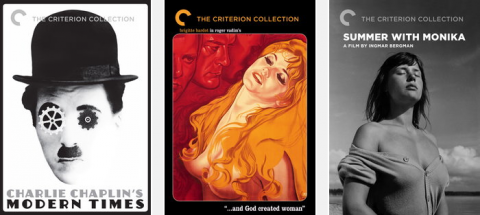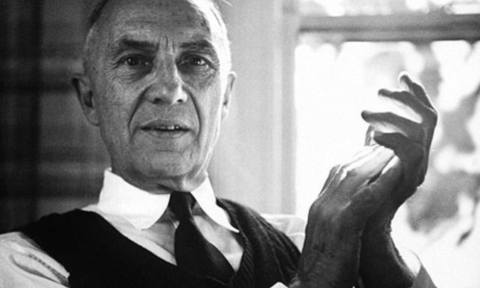Last spring, Ken Auletta wrote a profile of Stanford University in the pages of The New Yorker, which started with the question: “There are no walls between Stanford and Silicon Valley. Should there be?” It’s perhaps an unavoidable question when you consider a startling fact cited by the article. According the university itself, five thousand companies “trace their origins to Stanford ideas or to Stanford faculty and students.” The list includes tech giants like Google, Hewlett-Packard, Yahoo, Cisco Systems, Sun Microsystems, eBay, Netflix, Electronic Arts, Intuit, Silicon Graphics, LinkedIn, and E*Trade. And stay tuned, there’s more to come.
Stanford is one of America’s leading incubators, and the rearing of young entrepreneurs doesn’t take place by mere osmosis. No, Stanford students can take courses focused on entrepreneurship, which give them access to seasoned entrepreneurs and financiers. If you head over to eCorner, short for Entrepreneurship Corner (Web — iTunes — YouTube), you can watch “2000 free videos and podcasts featuring entrepreneurship and innovation thought leaders” who have paid visits to Stanford. Perhaps you’ll recognize a few of the names: Mark Zuckerberg? Larry Page? Marissa Mayer? Reid Hoffman (above)?
Or, if you go to YouTube and iTunes, you’ll gain access to entire courses dedicated to teaching students the modern art of starting startups. Two courses (both housed in our collection of 650 Free Online Courses and our collection of 150 Free Online Business Courses) warrant your attention. First, Chuck Eesley’s course, Technology Entrepreneurship (YouTube — iTunes Video) introduces students to “the process used by technology entrepreneurs to start companies. It involves taking a technology idea and finding a high-potential commercial opportunity, gathering resources such as talent and capital, figuring out how to sell and market the idea, and managing rapid growth.” The course features 28 video lectures in total.
Once you have a broad overview, you can dial into an important part of getting a new venture going — raising capital. Hence the course Entrepreneurship Through the Lens of Venture Capital (iTunes Video — YouTube), a course currently taking place at Stanford that “explores how successful startups navigate funding, managing, and scaling their new enterprise.” It features guest speakers from the VC world that fuels Silicon Valley.
It goes without saying that Stanford offers many world-class courses across other disciplines, from philosophy and physics to history and literature. You can find 68 courses from Stanford in our ever-growing collection of Free Courses Online.
Related Content:
Stanford Launches iPhone/iPad App Course on iTunesU
Biology That Makes Us Tick: Free Stanford Course by Robert Sapolsky
The Stanford Mini Med School: A Free Course Now Online
The Art of Living: A Free Stanford Course Explores Timeless Questions
